- Big brands have high-tier sensors with great lift-off distances, which some of the cheaper brands also have.
- The build quality and switches of bigger brands are mostly better and more consistent, although some budget mice are also better.
- The weight is lighter, and the shapes are often great on the budget mice because they replicate the winning models of the bigger brands.
When getting a mouse, you’re often greeted with two options: either go for the well-known brands such as Logitech, Razer, and Corsair, or get a budget-friendly alternative from brands like Ajazz, Fantech, and Attack Shark.
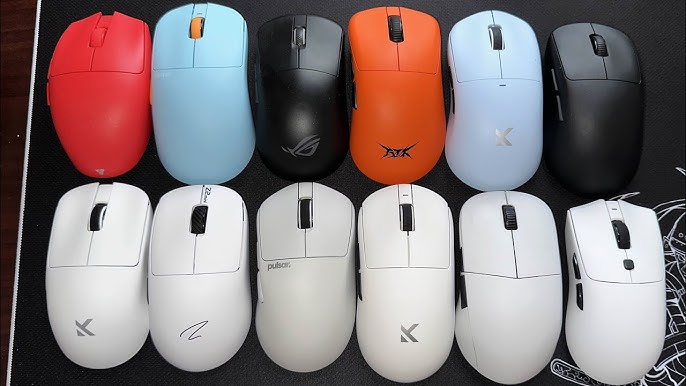
While there is no one answer, we can provide you with the details you need to decide whether to go with either of the brands. These are a few things you must be aware of before making any purchase.
Sensor
In the past, affordable brands had problems with sensors, and the mice were often prone to poor tracking, inaccurate DPI, and inconsistent acceleration. But this isn’t the case now.
Now, most budget brands have started integrating better sensors in their mice, similar to what the higher-end brands use. To put this into perspective, the higher-end brands often come with Hero, Focus, or PMW sensors.
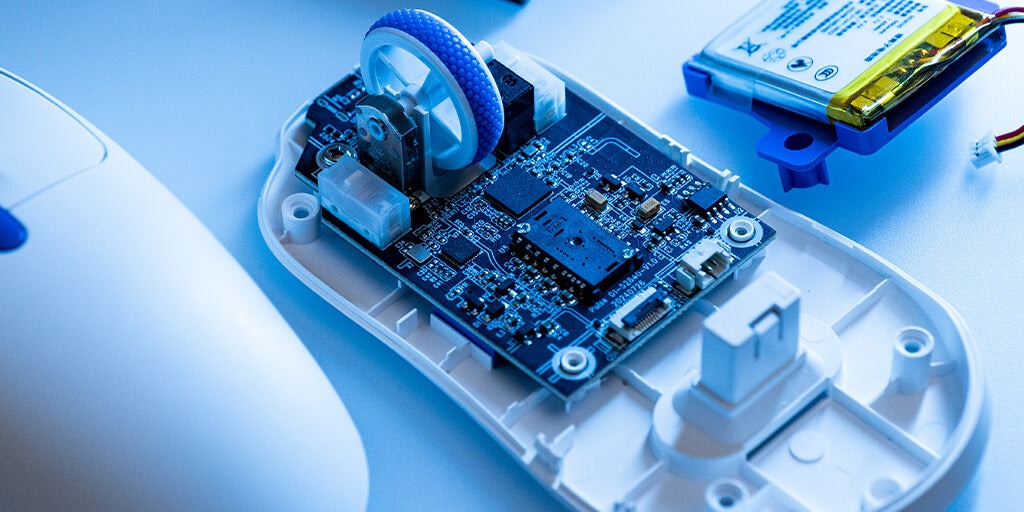
You can now rely on the budget giants, which include sensors similar to and sometimes the same as those of other premium brands. For instance, the Epomaker Click Mouse uses PMW3325, a sensor with which most of Zowie’s mice come.
Some brands even include the top-tier sensors in a lower budget, such as the Fantech Aria II Pro that comes with a PixArt 3395, something that almost every other premium-branded mouse used by pro esports players.
Polling Rate
Polling rate is a factor that is only considered if you’re extremely critical about competitive gaming. Typically, the higher the polling rate, the more precise and smoother your mouse will feel because it will send signals to the PC.
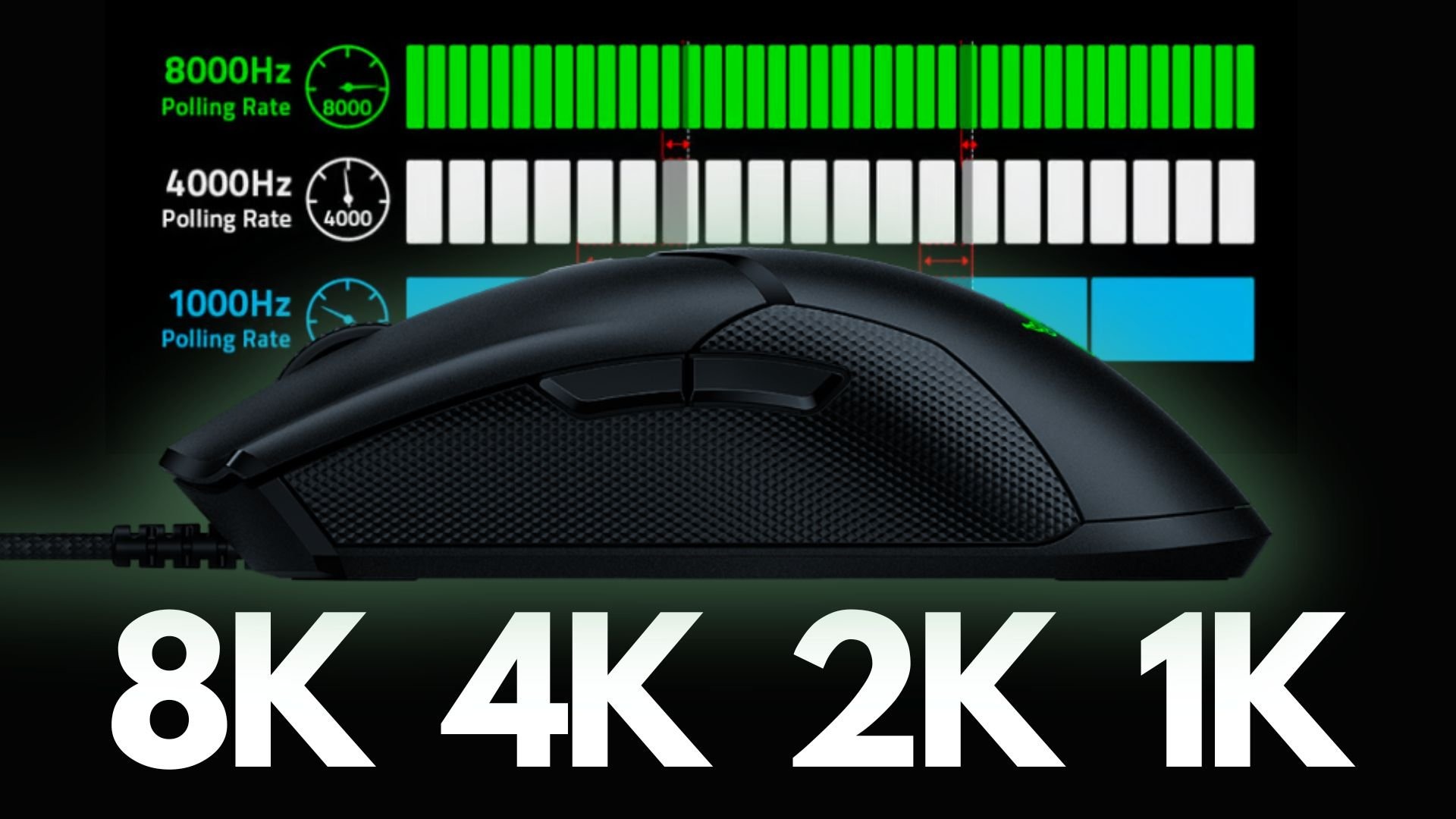
Polling rates beyond 1000Hz will go unnoticed unless you’re using a 240Hz monitor or beyond, because the delay is 1ms for a 1000Hz. Wireless budget mice like the Attack Shark X3 come with 1000Hz, which offers up to 8000Hz if wired.
However, big brands like Razer offer up to 8000Hz for some of their wireless mice, such as the Razer V3 Pro, which gives them a competitive edge in this regard. However, some affordable brands do offer an 8K polling rate for wireless mice.
Build Quality & Texture
This is an area where the big brands are known to dominate. Higher-end brands usually use exceptionally high-quality materials that feel robust in the build quality of mice.
Whether you’re touching the soft matte finish of the Logitech G Pro or the robust build with the side grips of the Razer Basislik V3 Pro, you’ll always feel that you’re touching something premium.
This isn’t the case for most affordable mouse brands. Typically, you’ll get mice with a cheap finish and coating that screams cheap. This is understandable because they have to cut costs somewhere.
Switches & Click Feel
Bigger brands tend to make custom optical or mechanical switches for their mouse models, some with up to 50 million clicks. The budget brands usually go for TTC, Kailh, and Huano switches.
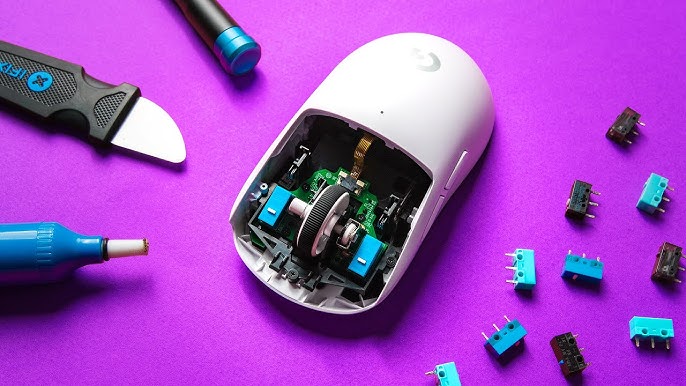
Some budget-friendly mice have loud and responsive clicks, while others, like Darue’s high-end model, mimic the tactile response of Razer’s mice. However, the feel and sound of most of these mice could be a letdown for some users.
It is worth remembering that there could also be double-click issues, especially in the lower-quality model. Some could also have inconsistent clicks, but the problem might be limited to a few models, which you can avoid.
Weight, Shape & Ergonomics
This is where these budget mice easily compete with the big brands, and in some cases, these might outperform the mice from big brands. Usually, the budget-friendly mice copy the exact designs from popular models of big brands.
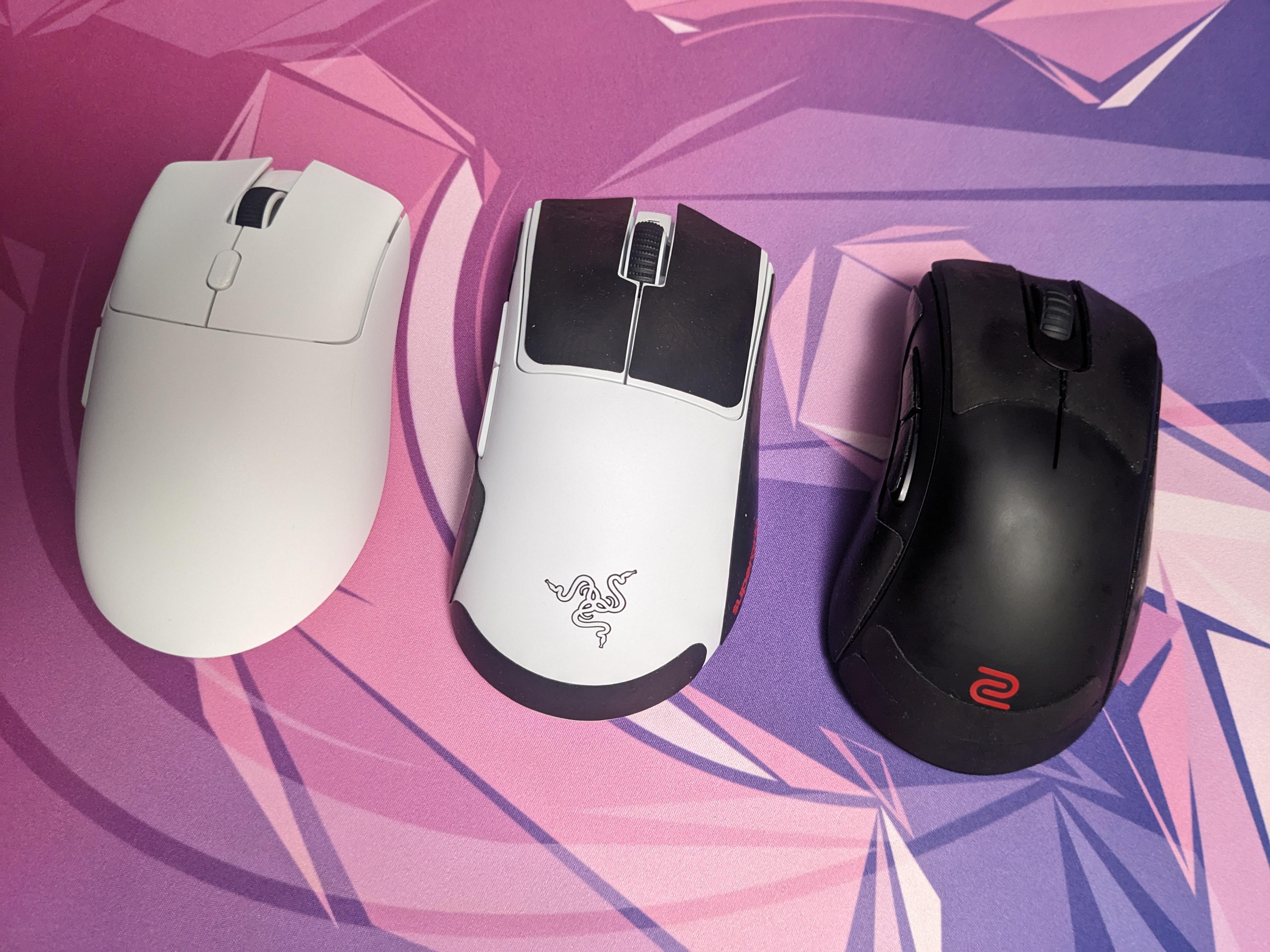
This makes their shape feel similar, a plus point for these brands. They also aim to have a lower weight than most of the big brands, which allows gamers to use them for competitive games.
These brands also rapidly clone the winning models, which increases their sales. For instance, Ajazz’s AJ199 Pro is shaped like the Razer Deathadder V3 Pro, and you won’t notice the difference if it weren’t for the different logos.
Software & Customization
While most budget mice now come with software that allows you to customise them, they are stilln’t as refined and detailed as the ones that big brands use, especially the Razer Synapse and Logitech G Hub.
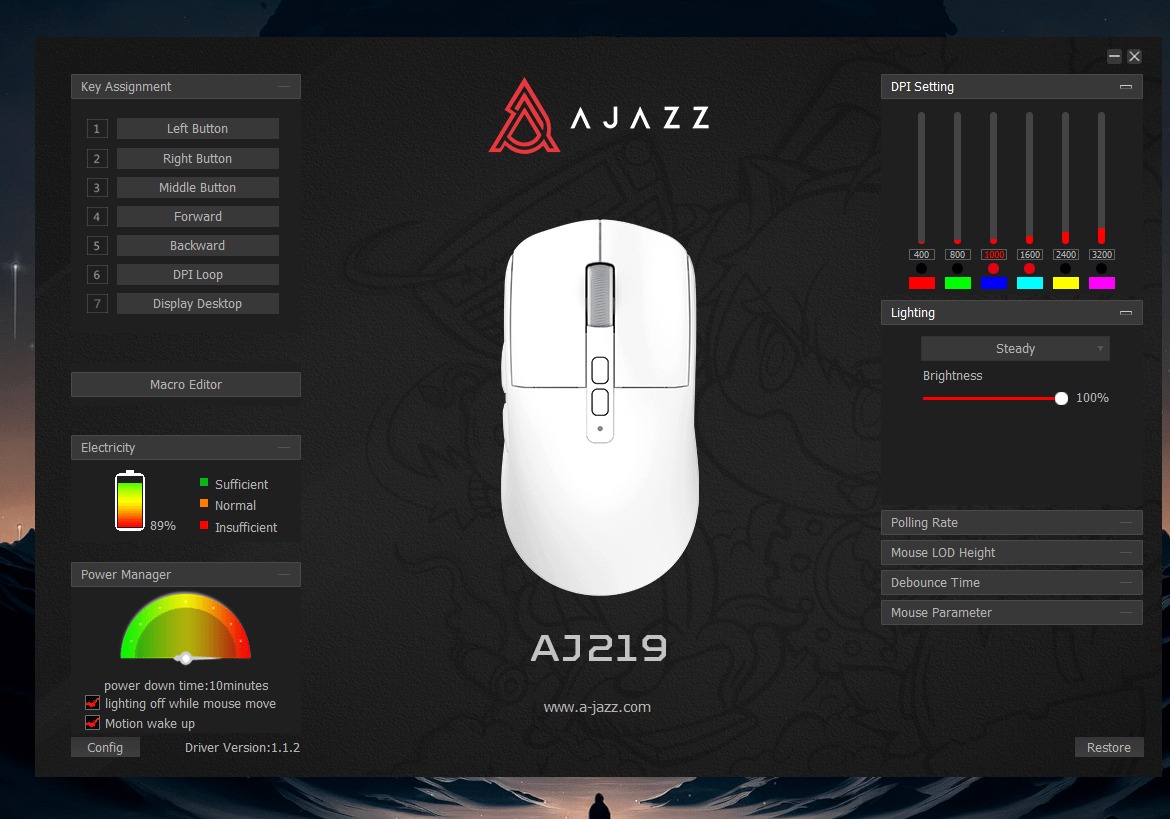
Verdict
Conclusively, big brands are still big brands for a reason. You’re paying more for higher quality, durability and customer service, which you might not get from the cheaper brands. Still, many cheaper models can be perfect on a budget.
Thank you! Please share your positive feedback. 🔋
How could we improve this post? Please Help us. 😔
[Comparisons Expert]
Shehryar Khan, a seasoned PC hardware expert, brings over three years of extensive experience and a deep passion for the world of technology. With a love for building PCs and a genuine enthusiasm for exploring the latest advancements in components, his expertise shines through his work and dedication towards this field. Currently, Shehryar is rocking a custom loop setup for his built.
Get In Touch: shehryar@tech4gamers.com


 Threads
Threads

